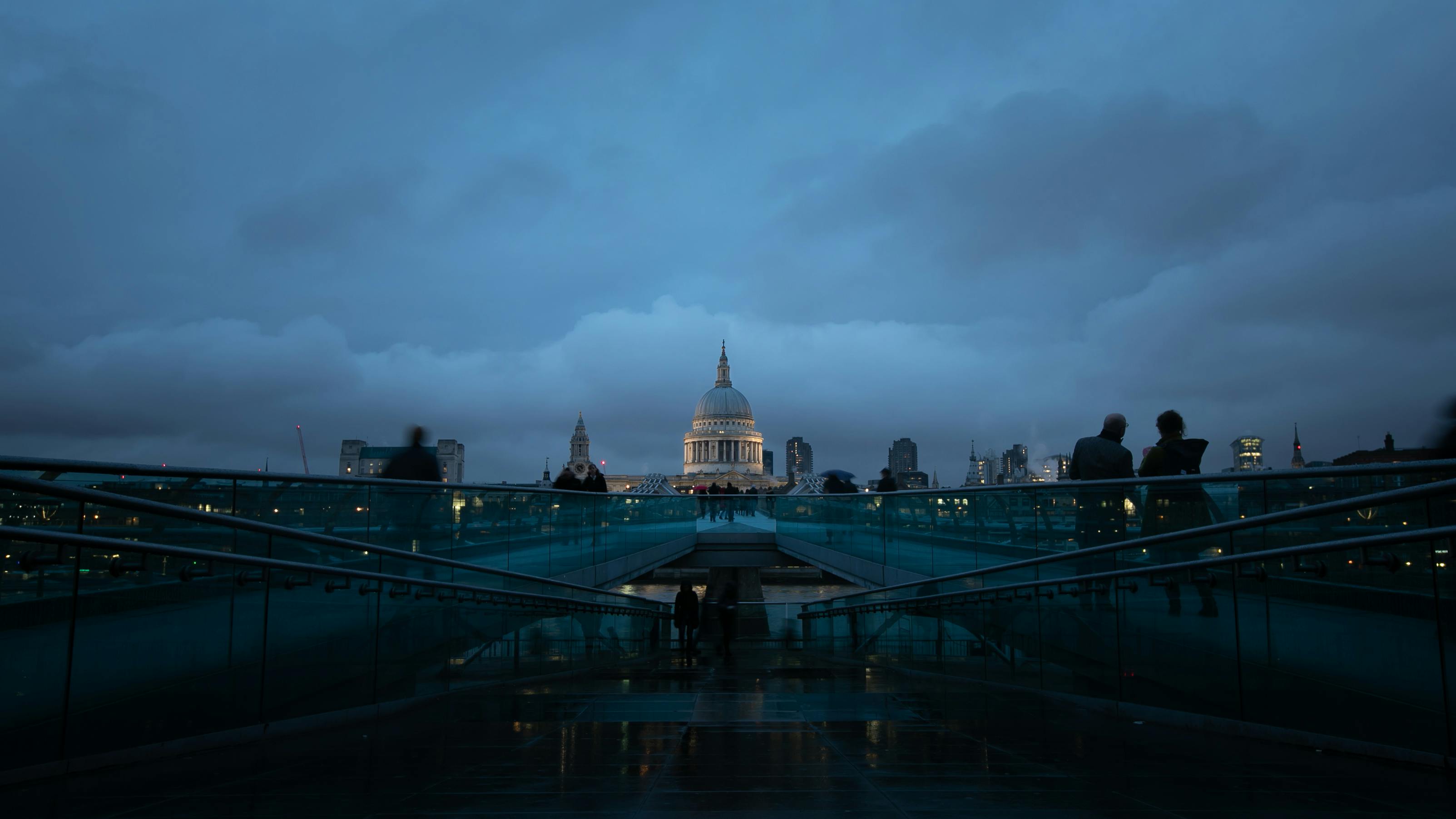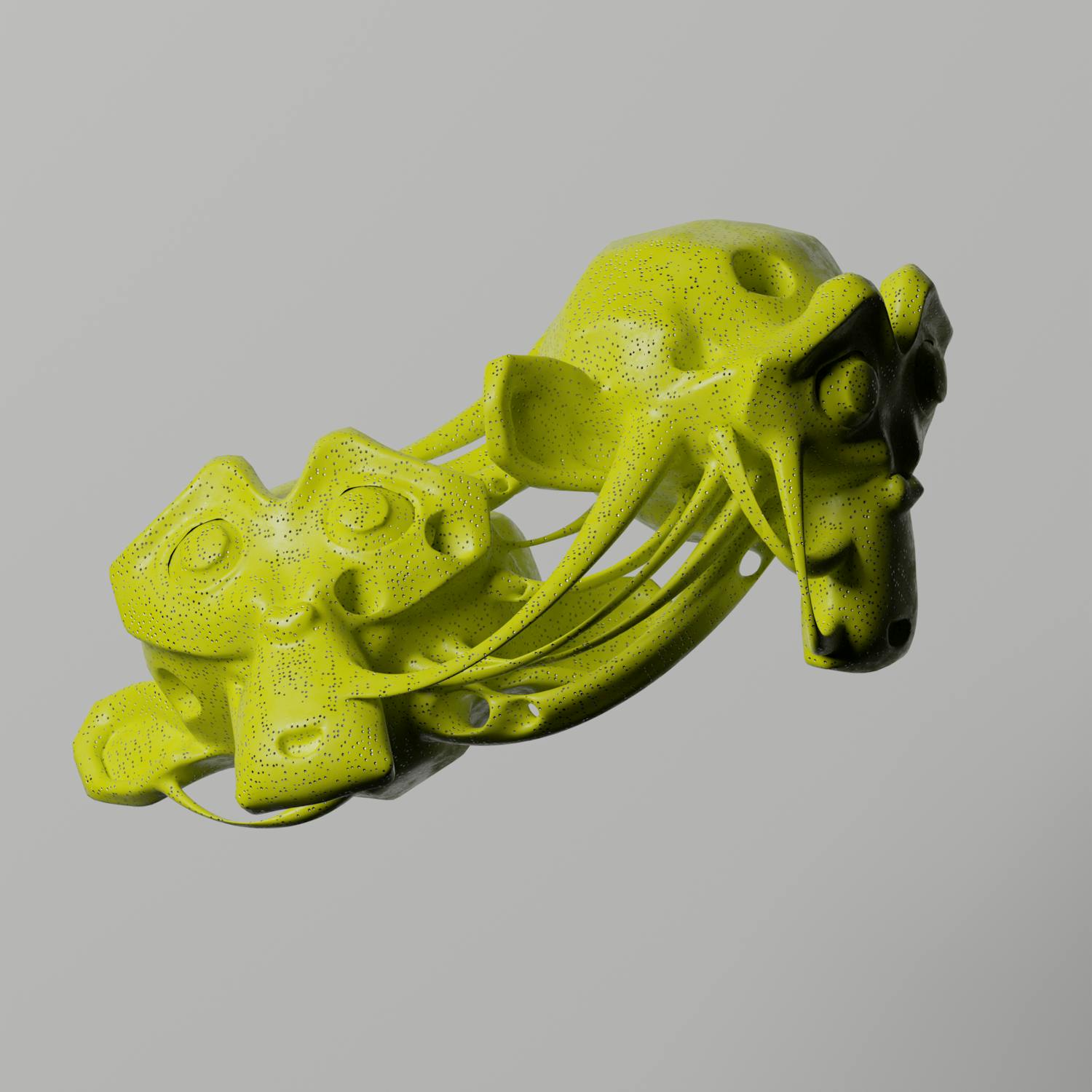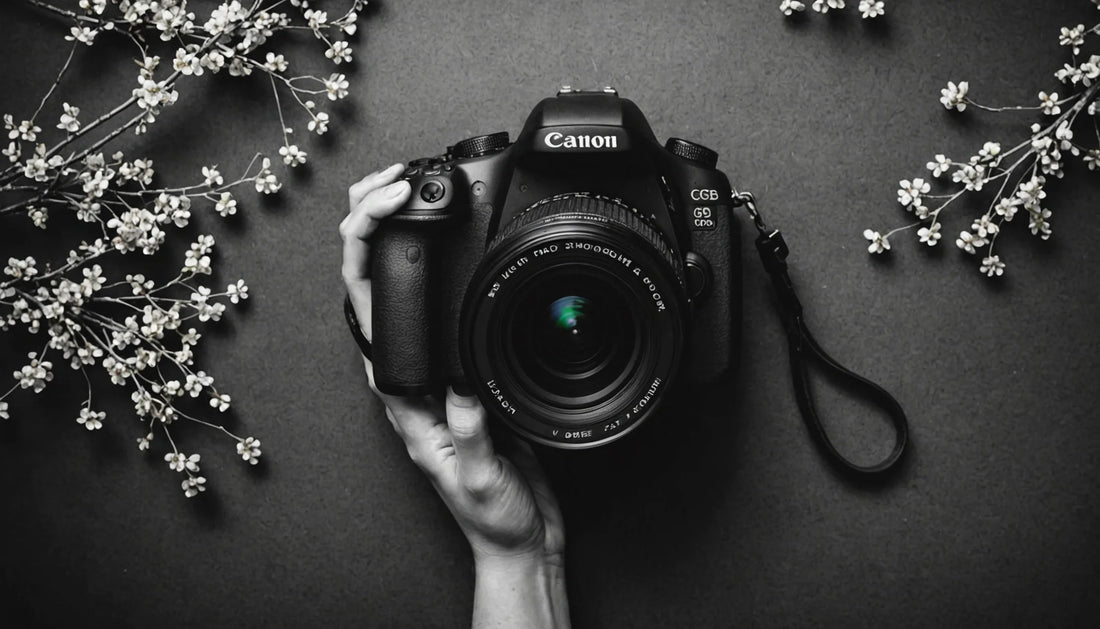In the late sixties something happened to an american generation that would mark them forever. It is a story of war, the struggle for racial equality and the explosion of counter culture, it was a time when a generation rebelled, and lost its innocence in the fight against injustice. Vietnam was the first ever televised war, and the images were inescapable.
A decade that ended with disillusionment and rage began on a moral high note. Thanks to Rosa Parks and Martin Luther King jr, it seemed the time for racial equality in the US had finally arrived.
There is so much to write about in this era, that it is very difficult to select just one thing to focus on. Even though there is an absurd amount of art and design that stems from this time period. When we talk about the “sixties” all we seem to recognise is the music, psychedelic rock and artists like Janis Joplin and Jimmy Hendrix in particular.
Album art and festival posters however is a good place to start. As music was a force to be reckoned with, so came the album art work and poster designs, hand in hand. One thing that seems to be re-occurring with most of the visual artists at the time is a relation with “Underground Comix”. These were small press or self published comic books, usually socially relevant and satirical in their nature. These depicted content deemed unfit and forbidden to the more strict mainstream media.
Rick Griffin:
When we look up band posters it is hard to avoid finding a Grateful Dead poster somewhere, anywhere. The artist behind these were Rick Griffin. He was an American artist and one of the leading designers of psychedelic posters in the 1960s. His work within the surfing subculture included both film posters and his comic strip, Murphy.
Victor Moscoso:
A Spanish-American artist, Moscoso was the first of the rock poster artists of the 1960s era with formal academic training and experience. After studying art at the Cooper Union in New York and later attending Yale University, he moved to San Francisco in 1959 to study at the San Francisco Art Institute. Here he later became an instructor. He was one of the first of the rock poster artists to use photographic collages in his art work.His art and poster work has continued up to the present and he is a big inspiration to rock poster and album illustrators to this day.
Bonnie MacLean:
Another American artist making a name for her self at the time was Bonnie MacLean. She was born in Philadelphia and graduated from the Penn State University in 1960. She then moved to New York where she worked at the Pratt Institute while attending drawing classes in the evenings. She later moved to San Francisco where she met and worked with a man named Bill Graham, who became famous as the promoter of rock concerts at the Fillmore Auditorium. There she worked alongside another artist by the name of Wes Wilson.
Wes Wilson:
The aforementioned artist Wes Wilson was also one of the leading illustrators of psychedelic posters in the 1960`s. Working with Bill Graham and Bonnie MacLean, he was a big part of promoting venues at the time with posters and illustrative work for musicians and bands. The font and lettering of the posters from this era were created by him. He popularised this “psychedelic” font around 1966 that made the letters look like they were moving or melting. This lettering is still used on newer albums and art works for artists like Foo Fighters, Kyuss Lives and The Queens of the Stone Age. This in turn proves that the psychedelic movement is still influencing artists, especially in the world of metal, desert rock and stoner rock. The style is very much still alive as its own staple.
Modern poster styles:
Posters still influenced by the styles of art work can be traced through homages and inspirations in rock and metal posters from the present all the way back to this era. Several modern posters can be viewed on the web pages of Malleus Rock Art Lab if you should be interested. I personally find a lot of inspiration through their imagery.
Thank you for reading.





